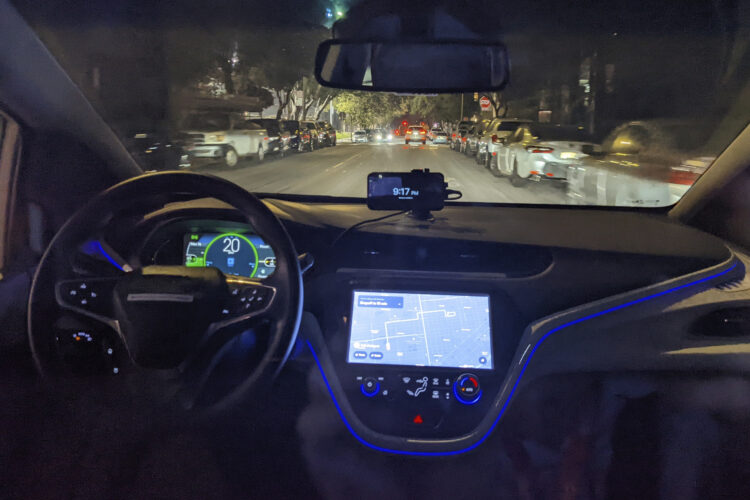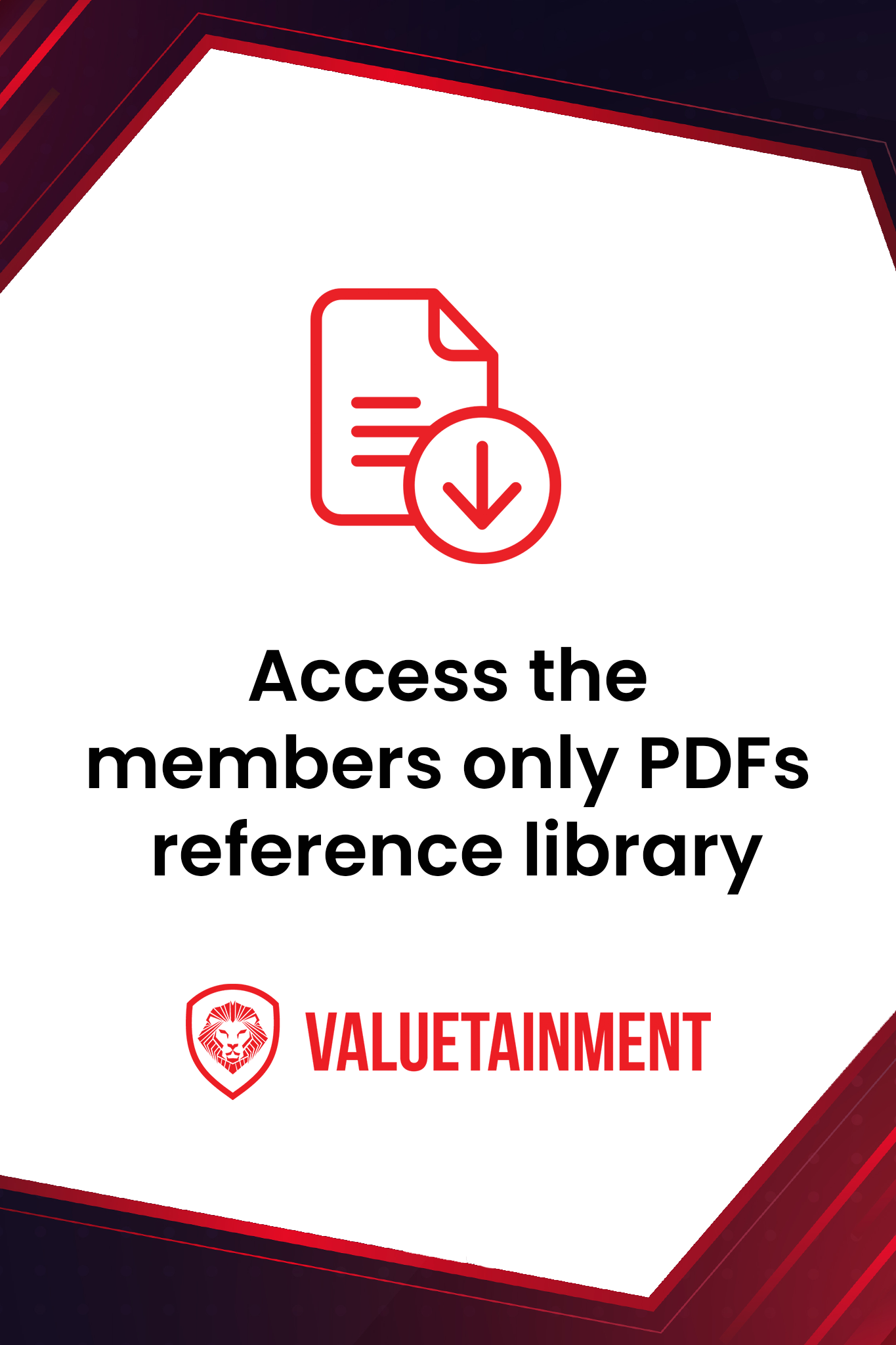The National Transportation Safety Board (NTSB), an independent U.S. Government agency, recommended last week that all new cars should be required to have built-in technology that “at a minimum” warns the driver if they go over the speed limit, if not outright prevents them from doing so.
The agency explains that intelligent speed assistance technology, or ISA, reads the GPS location of a car and cross-references it to a database of recorded speed limits to see if the driver is speeding.
More “passive” ISA systems merely warn a driver if they are going over the speed limit, whereas active systems make it “more difficult, if not impossible” to go over.
The NTSB was influenced to make this policy recommendation based on a single car crash in Las Vegas, Nevada, in 2022 where a driver ran a red light at 103 mph, causing a five-car collision and resulting in nine fatalities. Because of this accident, the agency began an investigation into high-speed accidents in general. The agency claims that one third of all traffic fatalities in the United States were caused “speed-related crashes.”

“As a result of this investigation, we recommended that the National Highway Traffic Safety Administration (NHTSA) require ISA as standard equipment in all new vehicles,” NTSB wrote in the executive summary of its report. It also recommended that all “passenger vehicle manufacturers install as standard equipment ISA systems that, at a minimum, warn the driver when the vehicle exceeds the speed limit.”
Last week the National Transportation Safety Board recommended that speed-limiting technology be required on all new cars.
It’s an excellent idea. @USDOT should do it.
My latest in @FastCompany. 🧵 belowhttps://t.co/ecPQdAYTH1 pic.twitter.com/1yVPOhHObZ
— David Zipper (@DavidZipper) November 18, 2023
Learn the benefits of becoming a Valuetainment Member and subscribe today!
Other recommendations included “develop[ing] a communication plan to educate the public about the capabilities and benefits of ISA to mitigate speeding” in addition to new systems that would track repeat offenders and test ISA technology on said repeat offenders in “pilot programs.”
It included the recommendations in a report released this week on vehicle collisions, which was presented at a public board meeting Tuesday, Nov. 14th.
NTSB quietly noted that the Las Vegas driver had been using cocaine and phencyclidine on the day of the accident, which “impaired his decision-making.” He was also a repeat speeding offender who had made several dangerous driving decisions that same day.
“We also found that an intelligent speed assistance (ISA) system that electronically limits the speed of the vehicle may have mitigated the severity of the North Las Vegas crash,” NTSB wrote. “Improving public acceptance of ISA systems and wider voluntary deployment, such as by automakers, will facilitate the advancement of a new motor vehicle safety standard on ISA.”
Actions recommended by the NTSB has been implemented in 82 percent of the 12,700 cases that have been closed. It has opened more than 15,730 total cases against 2,470 recipients.


















Add comment